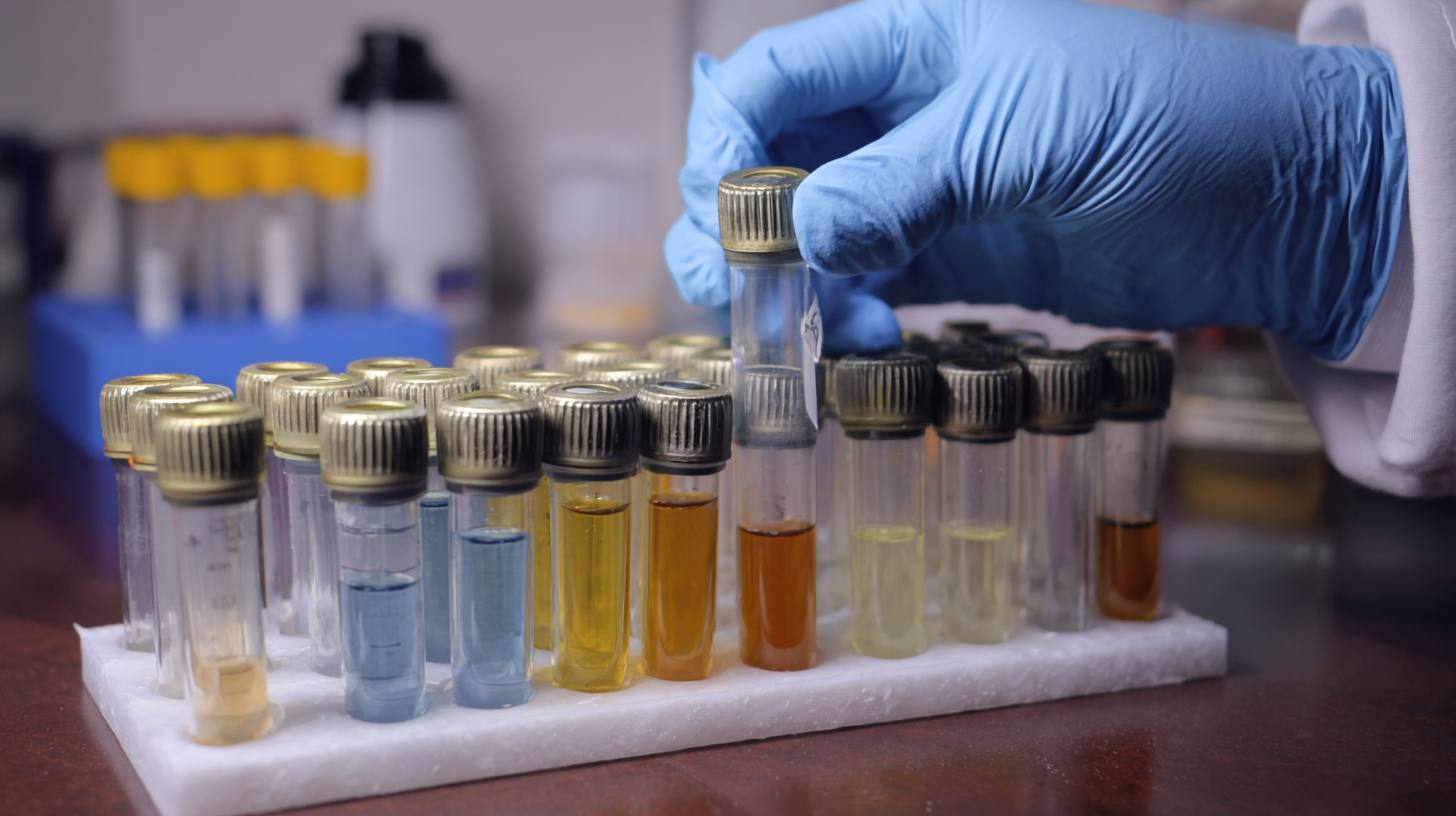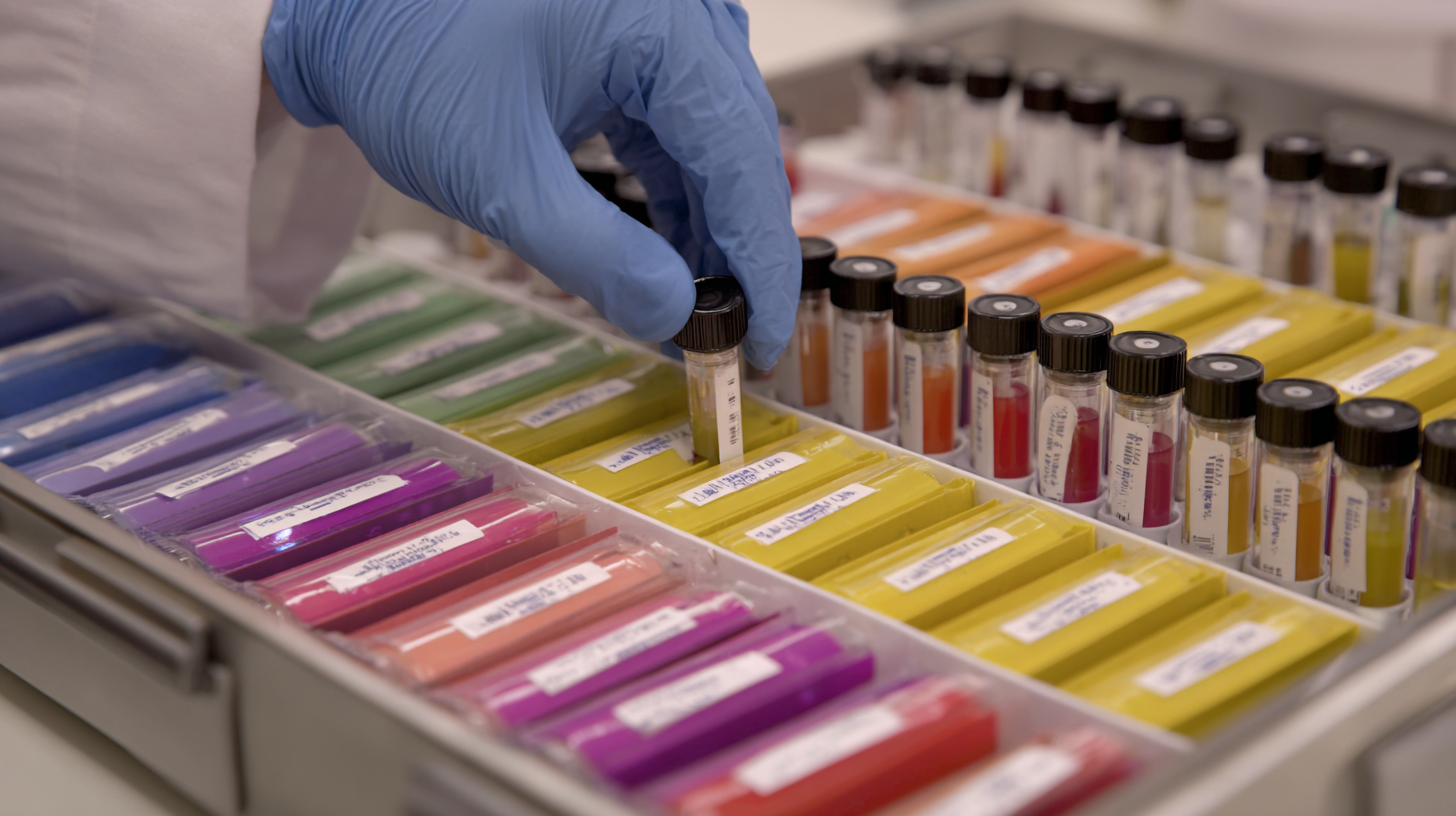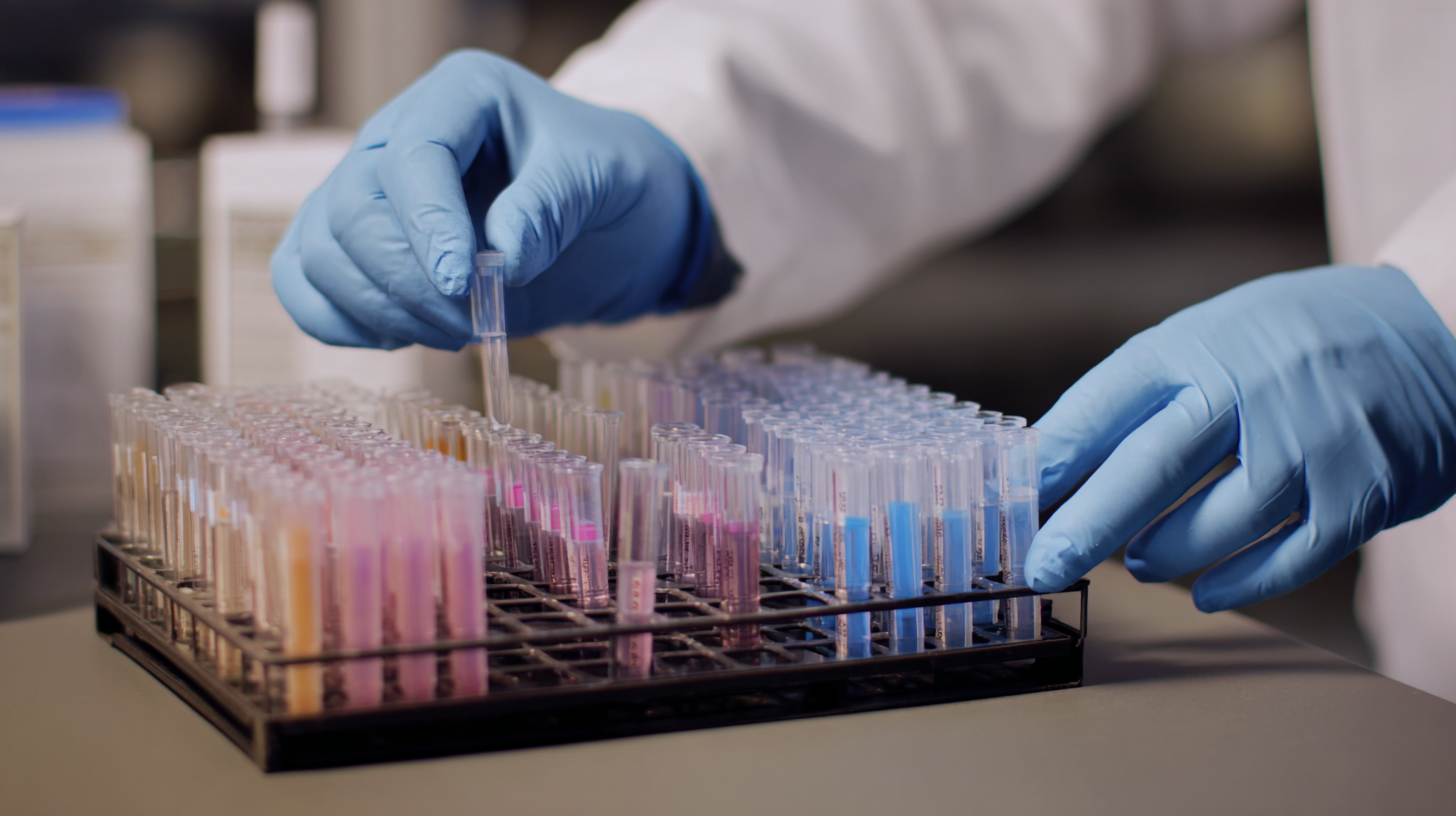 +86 178 5514 5298
+86 178 5514 5298
Leave Your Message
-
 CONTACT NUMBER
CONTACT NUMBER -
 CONTACT NUMBER
CONTACT NUMBER -
 CONTACT NUMBER
CONTACT NUMBER



As global demand for healthcare solutions rises, the specimen collection kit has become a crucial component in the diagnostic and medical supply industry. According to a report by Grand View Research, the global market for specimen collection kits is projected to reach USD 23.5 billion by 2025, growing at a CAGR of 8.4%. This surge is driven by an increasing emphasis on disease prevention and early diagnosis, coupled with advancements in technology and medical practices. With the rapid expansion of healthcare markets across China and beyond, the phrase "中国智造,全球热销,品质保证" encapsulates the commitment to quality and innovation that defines modern manufacturing. Understanding industry standards is essential for selecting the best specimen collection kit that meets regulatory requirements and enhances patient outcomes in a global sourcing context.

When selecting a specimen collection kit for global sourcing, it’s crucial to identify your specific collection needs. Different specimens, whether biological samples, environmental samples, or other types, require tailored solutions. Consider the type of materials you'll be collecting, such as blood, urine, or tissue, as each has unique requirements in terms of preservation, transport, and processing. Understanding the volume and frequency of sample collection is also vital, as this will impact your choice of kit size and the number of components required.
Another key consideration is regulatory compliance and quality standards. Different regions have varying regulations regarding specimen collection and transport. If you're operating globally, it’s essential to choose a kit that meets international standards, ensuring that your samples maintain their integrity throughout the collection and shipping process. Additionally, investing in kits that include clear instructions and are designed for ease of use can minimize errors and improve the reliability of your collected data. By thoroughly assessing your collection needs and compliance requirements, you can make an informed choice that optimally supports your sourcing efforts.

When sourcing specimen collection kits globally, understanding regulatory compliance is paramount. Each country may have its own set of regulations that dictate how medical devices and collection kits must be designed and distributed. Familiarizing yourself with these regulations helps ensure that the kits not only meet safety standards but also are tailored to the specific needs of the local market. This may include obtaining necessary certifications, such as ISO 13485 for quality management systems, which can significantly influence the acquisition process.
Moreover, evaluating industry standards can provide insights into the quality and reliability of specimen collection kits. Various entities set forth guidelines that govern the materials used, the design of the kits, and the process of sampling. By adhering to these standards, companies can mitigate risks associated with non-compliance and ensure that their products are effective for their intended use. Engaging with suppliers who demonstrate a commitment to upholding these industry standards is crucial, as it can lead to partnerships that enhance credibility and trust within the healthcare community.
When selecting a specimen collection kit for global sourcing, understanding the materials and technologies used in these kits is paramount. Different applications require specific materials that can maintain sample integrity while being safe and user-friendly. For instance, kits designed for biological samples often utilize polypropylene or polyethylene due to their durability and resistance to chemical reaction. Additionally, sterile packaging is essential to prevent contamination, which makes materials that ensure barrier integrity crucial for reliable results.
Technology also plays a significant role in the effectiveness of specimen collection kits. Innovations such as smart labels and tracking systems can enhance the overall collection process by ensuring proper handling and logistics. Furthermore, advancements in collection devices, such as vacuum-sealed tubes, improve sample stability and ease of use. Understanding how these materials and technologies contribute to the reliability and efficiency of specimen collection can guide sourcing decisions, ensuring that organizations choose the most effective kits for their specific needs in the global market.
When selecting a specimen collection kit for global sourcing, assessing supplier reliability is paramount. A dependable supplier ensures that the materials and processes used meet both international standards and the specific needs of your organization. To evaluate reliability, check the supplier's history, client testimonials, and any certifications they possess, such as ISO accreditation. Reliable suppliers often provide transparency regarding their sourcing practices, allowing organizations to make informed choices that align with their quality assurance goals.
In addition to reliability, understanding a supplier's quality assurance practices is critical. Look for suppliers who implement rigorous quality control measures, including batch testing and validation of their kits. This often indicates a commitment to maintaining consistency and safety in their products. Moreover, engaging suppliers who are proactive in addressing compliance with relevant regulations, such as CLIA or TGA, can further enhance the trustworthiness of your sourcing. By prioritizing these factors, organizations can ensure that they select specimen collection kits that not only meet industry standards but also uphold the integrity of their testing practices.
When it comes to selecting a specimen collection kit for global sourcing, understanding pricing models and the total cost of ownership (TCO) is crucial. According to a recent report by Frost & Sullivan, the medical device market is projected to reach $612 billion by 2025, making cost-effective solutions more essential than ever. With specimen collection kits, factors such as the cost of materials, shipping, and regulatory compliance must be factored into the overall cost. A study by Deloitte revealed that companies can save up to 30% in operational costs by selecting kits that not only meet their needs but also provide long-term value through durability and ease of use.
In addition, the TCO model should encompass not just the initial purchase price but also maintenance and replacement costs. For instance, using kits that are compatible with a variety of specimen types can significantly reduce the frequency of replenishing supplies, thereby enhancing efficiency and minimizing additional expenses. Data from Research and Markets indicates that the global market for specimen collection is expected to grow at a CAGR of 7.5% from 2020 to 2027, underscoring the importance of making informed decisions that consider both upfront costs and long-term implications.

